- Artist 's pursuit of expressive freedom
- Great Energy, Colors, and Motion – Gheorghe Virtosu ’s abstract art

- 30 august '18
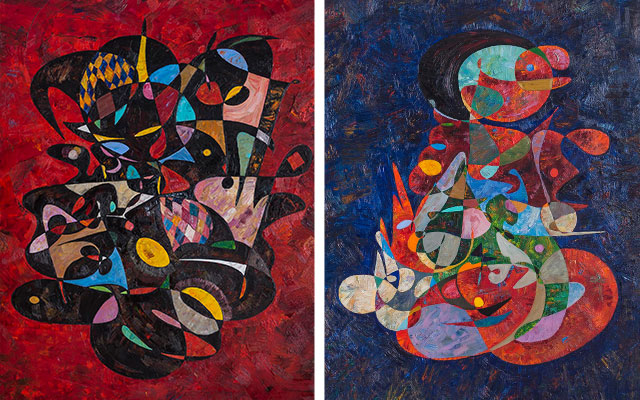

by Alina Livneva
30 august '18Artist 's pursuit of expressive freedom
The abstract paintings of British artist Gheorghe Virtosu are filled with interwoven tensions: authentic yet also fantastical and bold while inviting the viewer to engage. These create a revolutionary body of work that combines rich color, great energy, and motion to invoke a sense of passion within each painting.
Beneath these compelling surface tensions lies the artist ’s pursuit of expressive freedom, a luxury afforded to the artist only after his youthful years. Growing up in Socialist Eastern Bloc countries, the artist experienced oppression as a young man, the culmination of which was a period of incarceration.
Accordingly, he began painting, using each stroke of his brush to invoke a sense of personal catharsis on the canvas. The artist mentioned in a recent reflective blog post:
As a result, the richness of his abstract paintings stems from this expression of artistic freedom alongside the probing of his subconscious. Through his creations, which often pair seemingly narrative themes set within supernatural, the artist is able to present a part of himself to the viewer - that is much more impactful than a traditional self-portrait might be; rather, Virtosu offers the viewer a bit of psyche veiled by the passionate colors and brushstrokes that build each composition.
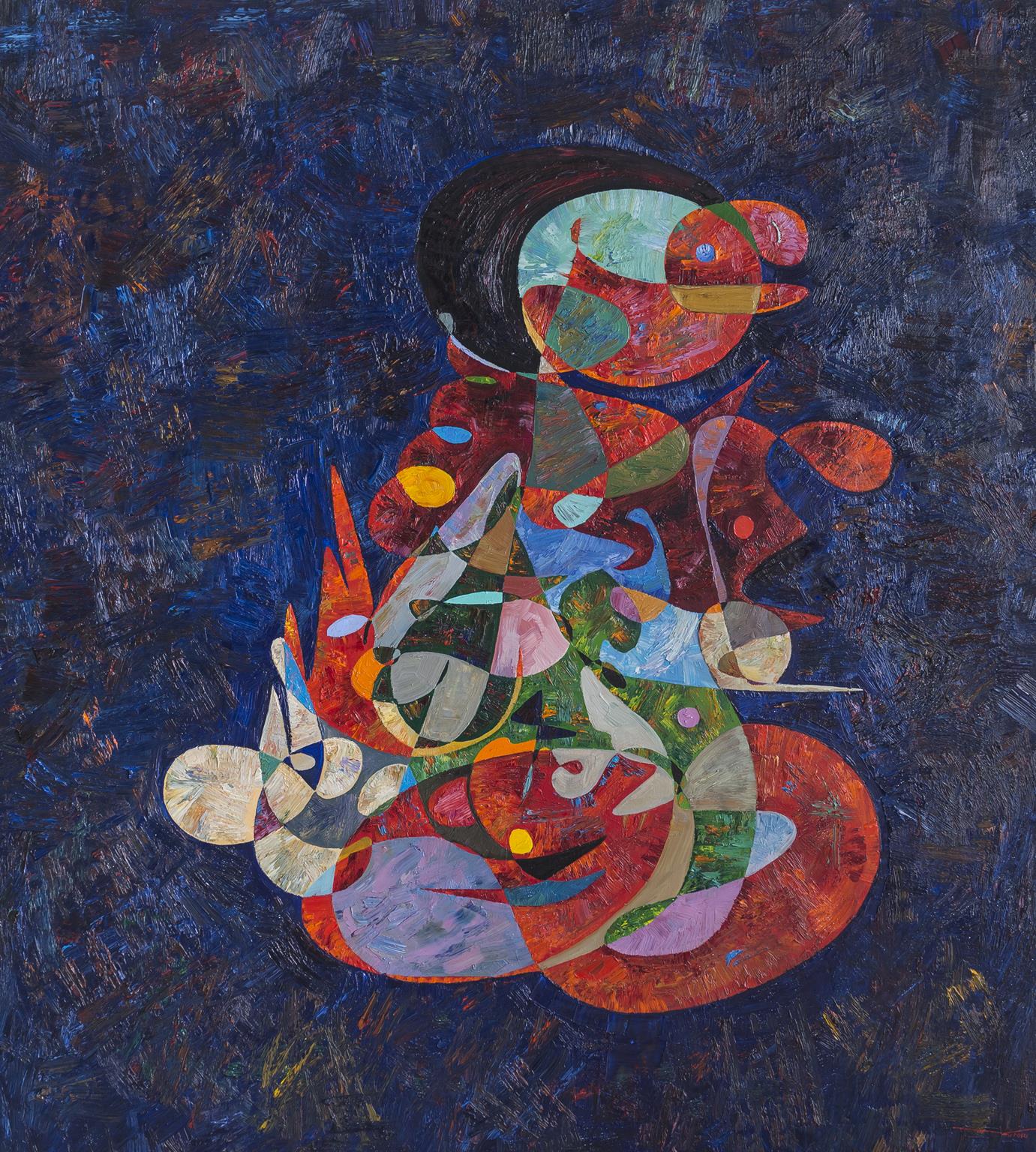 |
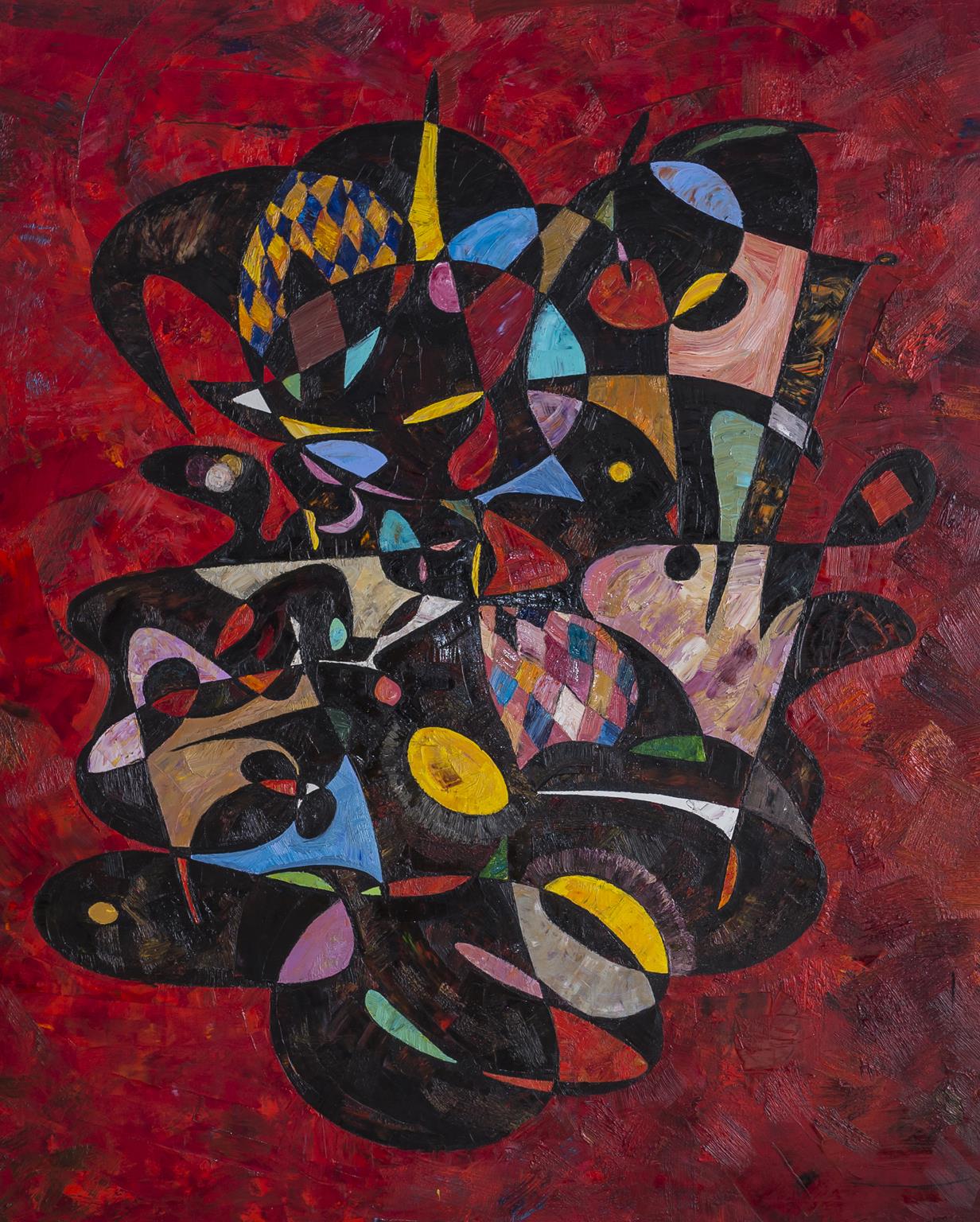 |
| Abandoned (2017) | Twin Clowns (2017) |
In this exploration of expression, writ large across each of Virtosu’s striking compositions, one can seek echoes of earlier twentieth century masters who sought a similar therapy through their art. The artists of the Abstract Expressionist era, for instance, particularly Willem de Kooning, were invested in a similar probing of surface and subconscious. In compositions such as Excavation (1950), de Kooning deliberately scraped the surface of his canvas to build texture and to effectively create the illusion that the viewer was not simply looking at a field of abstract, intersecting colors but rather was investigating the many levels of a deeply layered plane. At the same time, however, Virtosu invokes the automatism of Surrealists such as Joan Mirò, whose imagined, amorphous forms such as those seen in his record-breaking Paysage sur les bordes du fleuve amour (Landscape on the Shores of the River of Love), (1927), became a document of Mirò subconscious mind manifested on canvas.
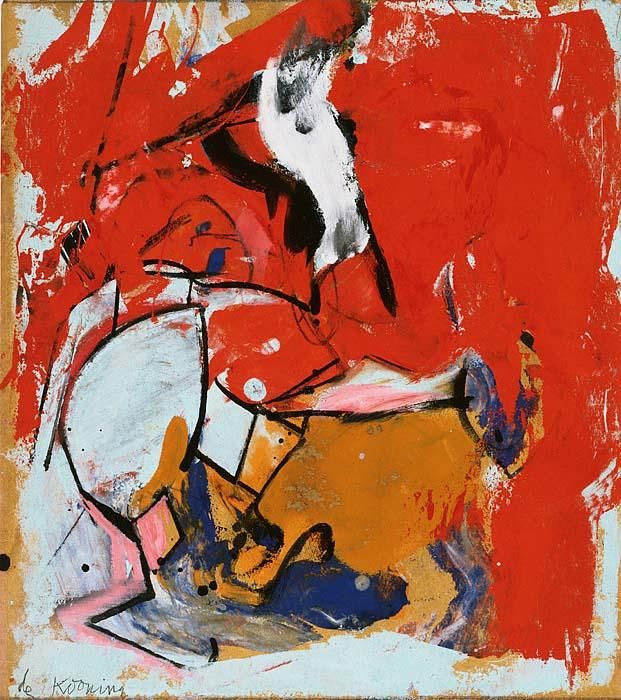 |
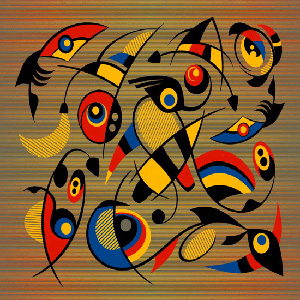 |
| Excavation (1950) | Landscape on the Shores of the River of Love (1927) |
Virtosu’s work thus brings these two approaches together to form an artistic dialogue across generations, but he also carries these ideas into a new mode of expression altogether by carefully titling his works after both historically and contemporarily relevant events and individuals. Monikers such as Galileo Galilei or Gaddafi Sentence add a valence of intrigue and force the viewer to question what he or she sees in the composition. By hinting at such narrative or figural references, the artist reminds the viewer of the vast history of painting that required such clarity in message. At the same time, he breaks that rule, allowing a conflation of past, present, public, and personal to come together within his dynamic oil paintings surfaces.
As Virtosu notes in another of his articles:
"I would describe the philosophical meaning of my works in synergy with philosopher Simone de Beauvoir who notes that as children we shoulder no responsibility; we live in a ready-made world with ready-made values. As we mature and become acquainted with our freedom we can begin to take matters into our own hands. However, many of us revert back to our childhood ways, trading freedom for security. Why? The problem is that the oppressed often don’t know they are oppressed; they view the world as one that cannot change, as 'a natural situation'. The only escape, according to de Beauvoir, is to revolt. ‘The oppressed can fulfill his freedom as a man only in revolt.’"
Considering these powerful words in conjunction with Virtosu’s body of work, the parallels are quite clear: Virtosu’s paintings offer a passionate expression of the freedom of the artist and inspire the same sense of freedom in those who view them; in short, they offer the revolution in the guise of fine art.
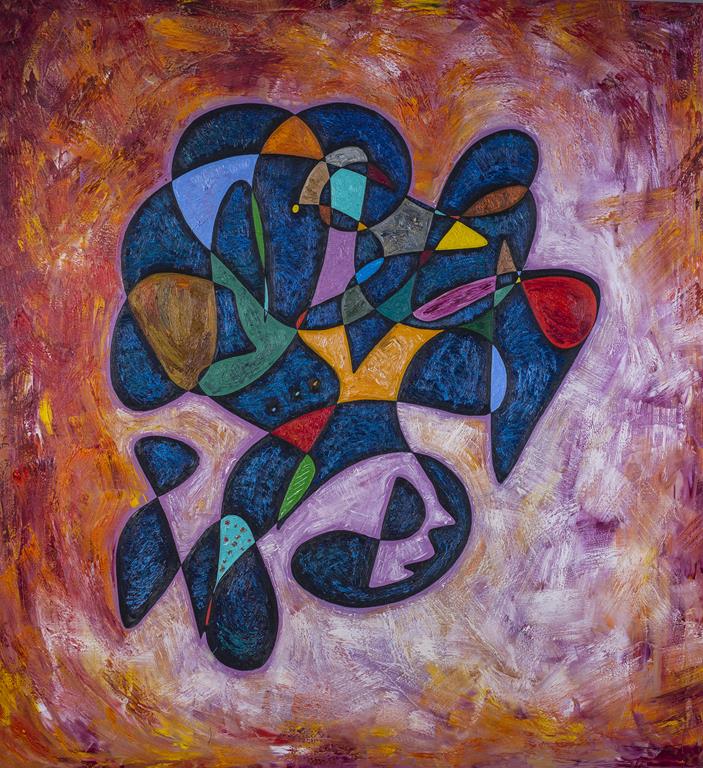
The oil paintings compositions consist mostly of the fluid forms intertwining with each other and floating over the painting surface creating intelligent motion and synergetic color balance. The psychology of colors has a profound impact on the choices made by the artist so it directs the viewer subconscious into a world never seen before. The paintings motion and the fusion of color makes the artist style unique and innovative among all-time abstract prominent artists.

